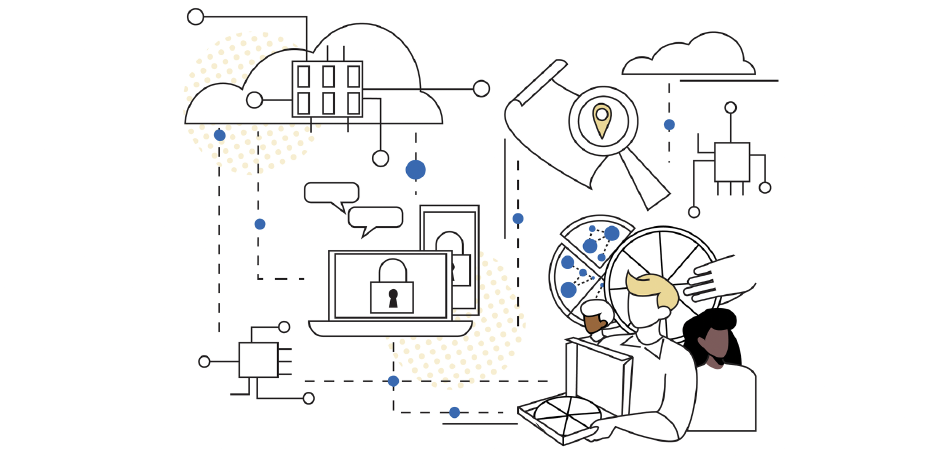Tenets at Amazon §

Highlights §
- At Amazon, all teams use tenets as guardrails that help them stay true to their missions. Tenets give teams an anchor from which to evaluate decisions. (View Highlight)
- Tenets are a few carefully articulated principles for a product, a program, or a business unit. They guide teams, stakeholders, and senior leaders to align how a team operates and provides value. The mission says what; the tenets say how. Tenets communicate how a team approaches problems and deals with conflicting priorities. Having tenets at many levels (e.g., org, team, product) helps focus on the critical decisions specific to that level. (View Highlight)
- Tenet: a principle, belief, or doctrine generally held to be true; especially: one held in common by members of an organization, movement, or profession. (View Highlight)
- As an organization grows, more work occurs outside leaders’ direct line of sight. The number and complexity of decisions increase, as do the challenges of communicating and coordinating them across the organization. Tenets are crucial to capture teams’ decision-making process and help them decide how to make tradeoffs without the constant management overhead. (View Highlight)
- when teams find a recurring question, something that occurs over and over again, we ask the teams to make decisions faster, more independent, and aligned with the overall strategy. But without tenets, teams might lack the context and guardrails to do so safely. Tenets help teams to remain aligned with their mission and move quickly as the organization scale (View Highlight)
- • Drive alignment across team members, helping them stay connected to their most important objectives
• Ensure high-quality, high-velocity decision making keeping the teams focused on the shared objective
• Increase team autonomy make decisions by framing problems and empowering teams to use consistent criteria when making decisions (View Highlight)
- Focus on how the team conveys value to the customer: At least one should describe the principles of how the team provides value to the customer. (View Highlight)
- Guide individuals make hard choices and tradeoffs: Tenets declare that a team cares more about one thing than another, acting as a tiebreaker. E.g., “we value … over …”, “option 1, option 2, …., in that order”, “if we have to choose between A and B, we choose A” (View Highlight)
- Orient for the long term, but guide day-to-day decision-making: Tenets are durable and strategic. It may challenge or affirm traditional mindsets and guide individuals to work in strategic directions they might not otherwise pursue. Tenets survive multiple rounds of goal-setting, achievement, and failure. (View Highlight)
- Differentiate rather than elevate: Tenets grasp what makes the team different, not what makes it superior. (View Highlight)
- Evolve: Tenets are not written in stone. Teams are encouraged to improve their tenets, perfecting them over time. (View Highlight)
- Prioritize, order matters: Use numbers, not bullet points. The most crucial tenet first. Try to have seven or fewer tenets (View Highlight)
- State the obvious: Do not codify principles that no one would argue against. Example: We perform QA. (View Highlight)
- Explain two ideas in one tenet: Each tenet should include only one central idea. A tenet that reads “X; Y” or “X and Y” means that idea cramming has occurred. (View Highlight)
- Reiterate the organization’s tenets: Don’t directly re-use tenets from the organization as the team’s tenets. If needed, customize the tenet to this specific team decision-making process. (View Highlight)
- • Avoid wordiness: Strive for clear and concise writing. (View Highlight)
- • Why does this team exist?
• What value does it deliver to the customer?
• What was/will be the most significant learning for you or the team
• what principles or guidelines were/need to be in place?
• What critical decisions need to be made where tenets help prioritize options or weigh tradeoffs?
• What are current or aspirational characteristics of the team that others could emulate? (View Highlight)
- Writing tenets is only the first step. Tenets should be used as a compass for teams to make high-quality, high-velocity decisions. It is easy to ignore tenets during day-to-day implementation. (View Highlight)
- If everyone on your team disappeared, a new team should be able to use the tenets to pick up where you left off. (View Highlight)
